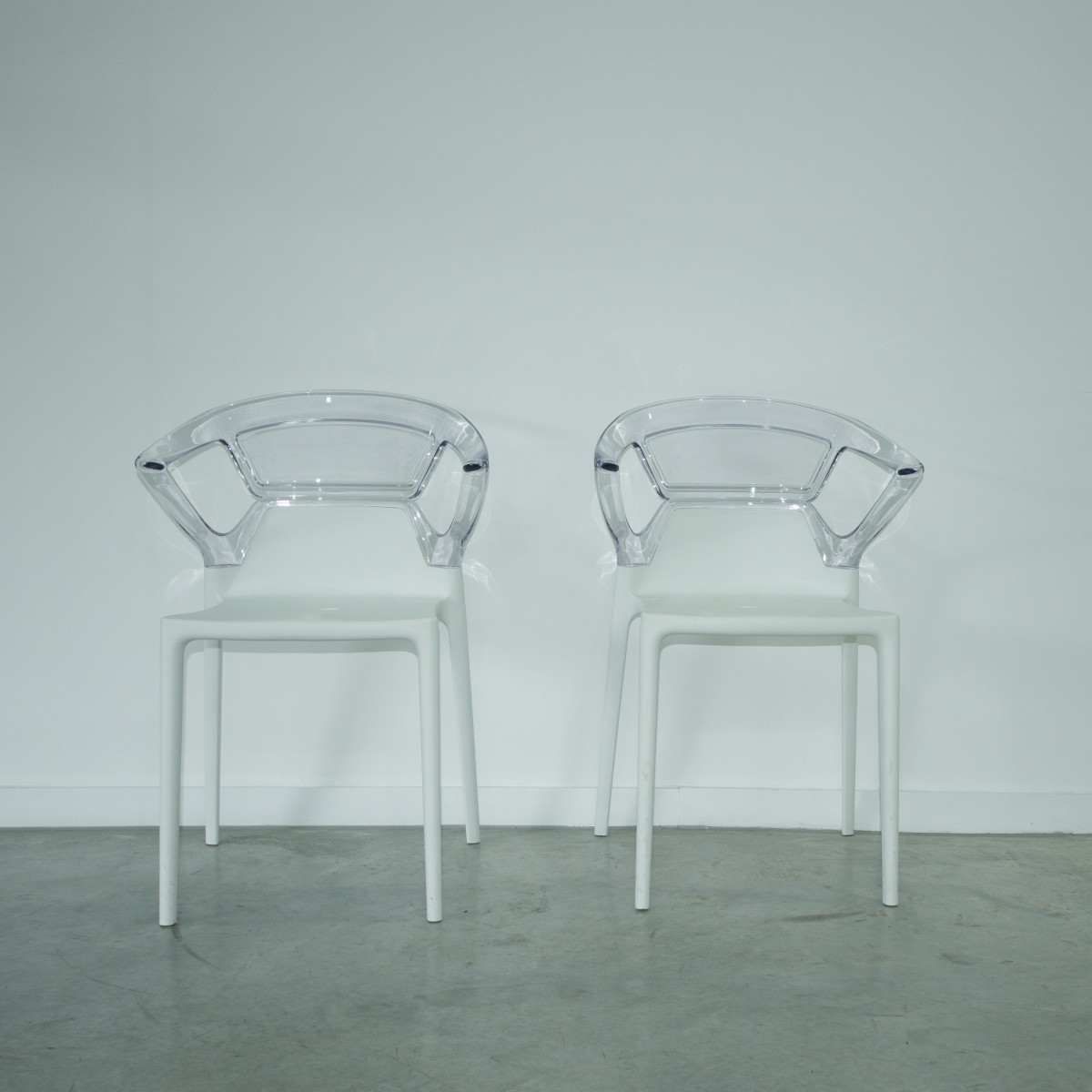We need a temporary moratorium on using gene editing to create babies
By Paul Knoepfler,
STAT
| 12. 03. 2018
The rationales for human germline editing don’t make much sense to me. They consist of invoking rare or even hypothetical scenarios where CRISPR might serve some purpose that cannot be achieved by already proven and safe embryo screening methods such as pre-implantation genetic diagnosis.
On a cold, drizzly night almost three years ago, I stood inside the nearly deserted Lincoln Memorial in Washington, D.C., I was in town to attend the first International Summit on Human Gene Editing organized by the National Academy of Sciences and the National Academy of Medicine. After a day of intense talks at the meeting, I had gone for a long walk and found myself looking up at Big Abe. A big question was on my mind: Would the organizers of the meeting call for a moratorium on using CRISPR to make gene-edited babies, as I hoped they would?
They didn’t.
When I learned of that decision, my feeling was that someone would report the creation of the first “CRISPR baby” within the next few years. That might happen even with a moratorium, but the odds had just increased substantially.
Since then, there have been similar meetings around the world about human germline gene editing — editing eggs, sperm, and embryos that are then used to make people — along with official reports from committees. None called for a...
Related Articles
By Jonathan Matthews, GMWatch | 12.11.2025
In our first article in this series, we investigated the dark PR tactics that have accompanied Colossal Bioscience’s de-extinction disinformation campaign, in which transgenic cloned grey wolves have been showcased to the world as resurrected dire wolves – a...
By Jenny Lange, BioNews | 12.01.2025
A UK toddler with a rare genetic condition was the first person to receive a new gene therapy that appears to halt disease progression.
Oliver, now three years old, has Hunter syndrome, an inherited genetic disorder that leads to physical...
By Simar Bajaj, The New York Times | 11.27.2025
A common cold was enough to kill Cora Oakley.
Born in Morristown, N.J., with virtually no immune system, Cora was diagnosed with severe combined immunodeficiency, a rare genetic condition that leaves the body without key white blood cells.
It’s better...
By Rachel Hall, The Guardian | 11.30.2025
Couples are needlessly going through IVF because male infertility is under-researched, with the NHS too often failing to diagnose treatable causes, leading experts have said.
Poor understanding among GPs and a lack of specialists and NHS testing means male infertility...




